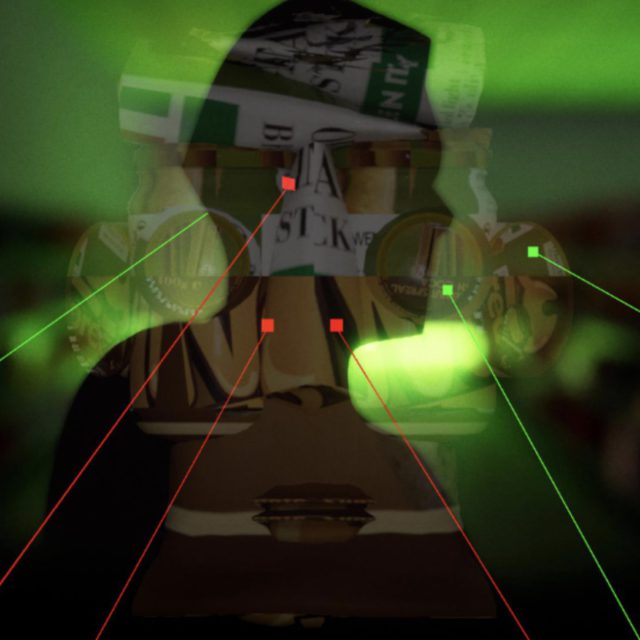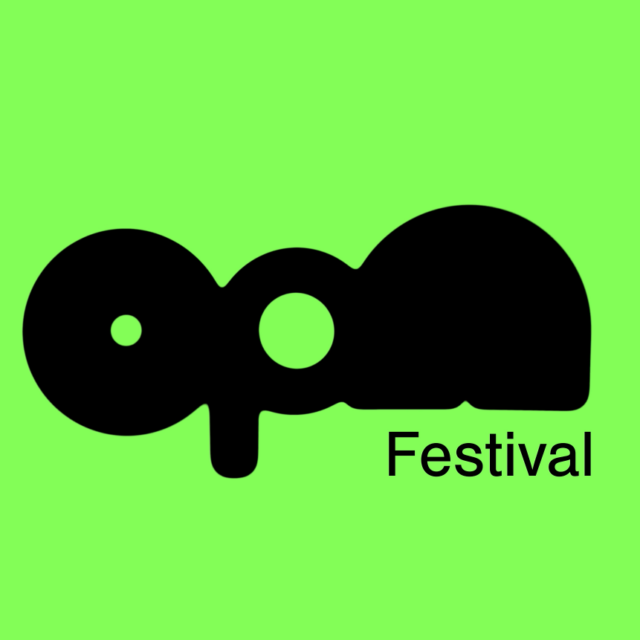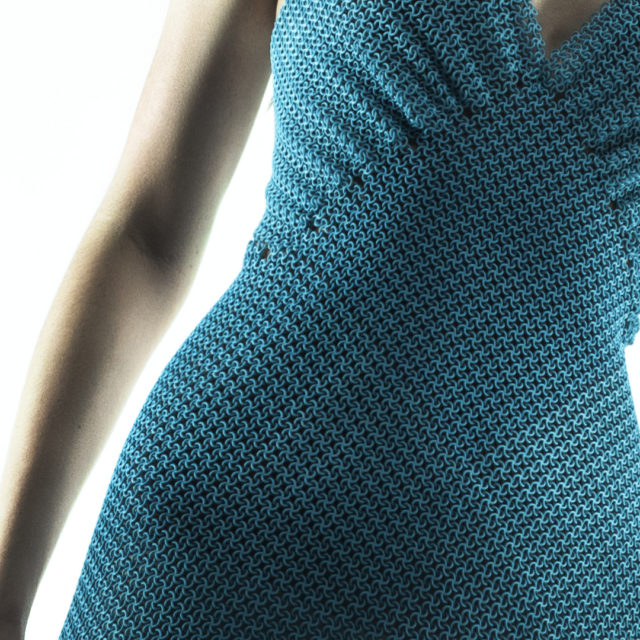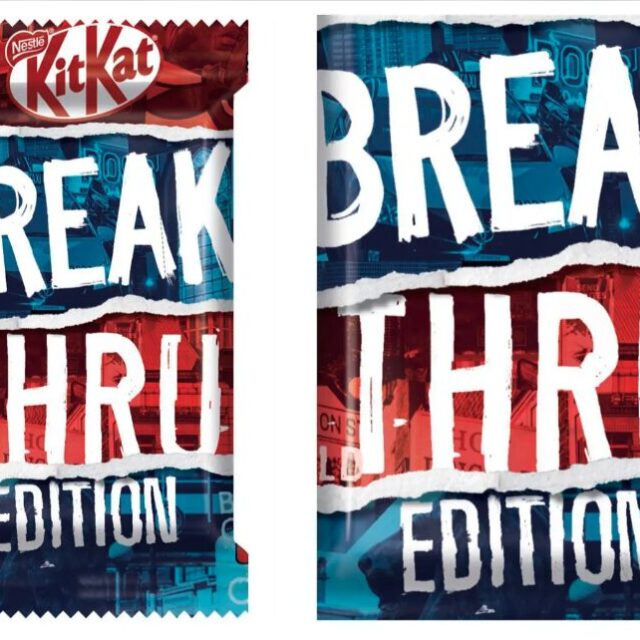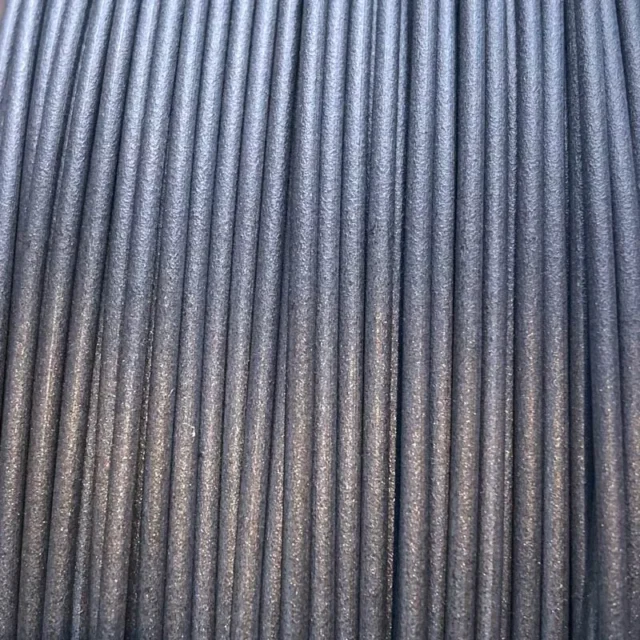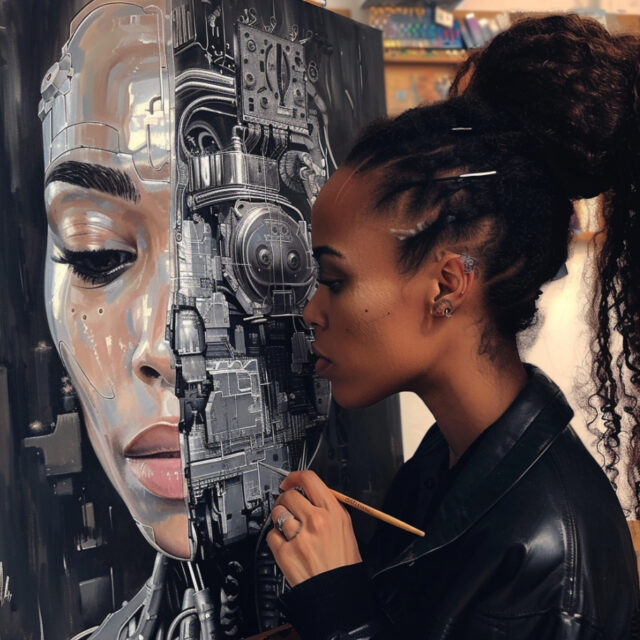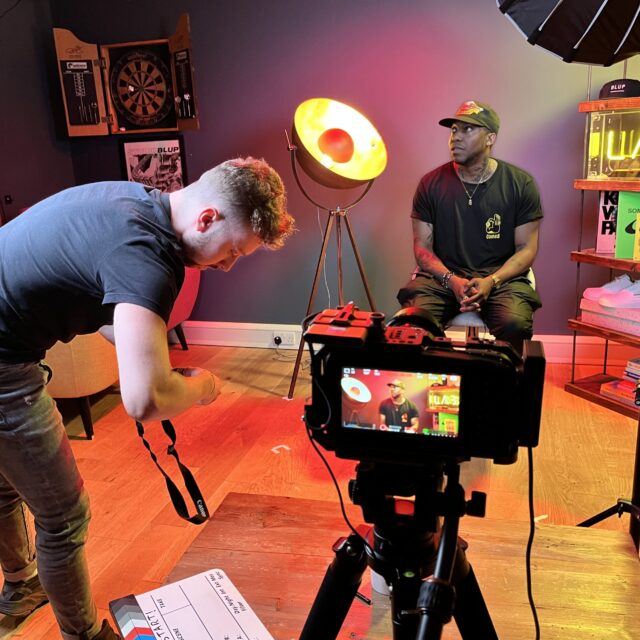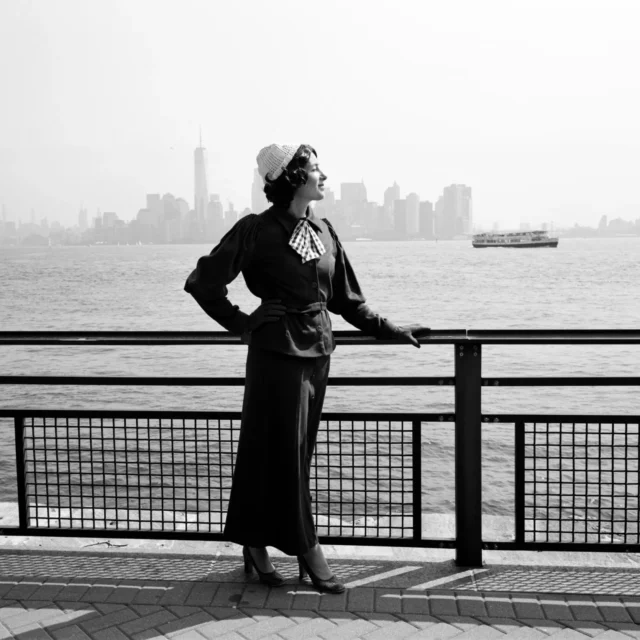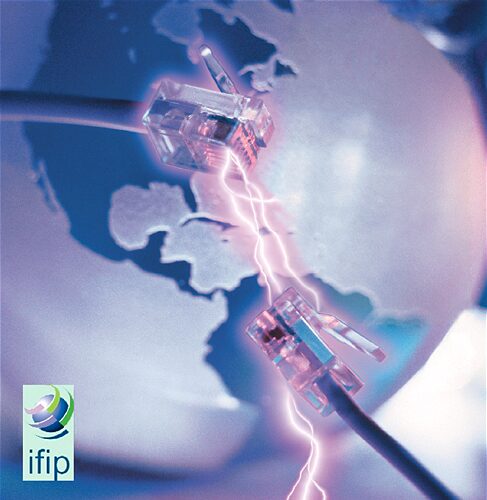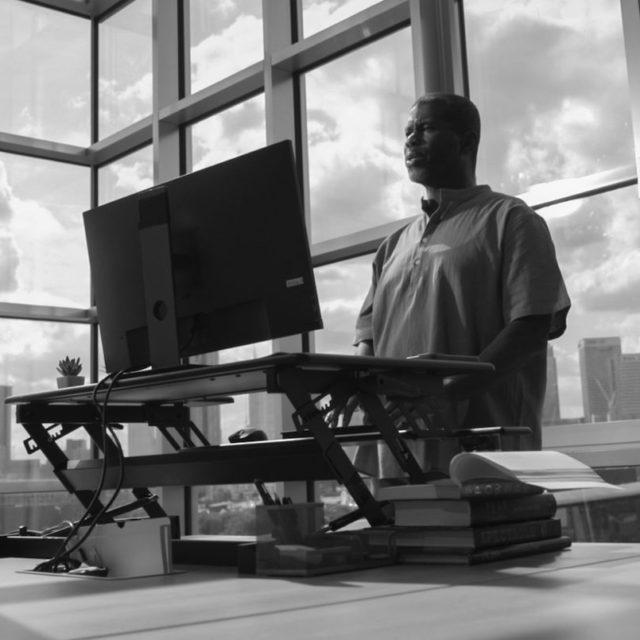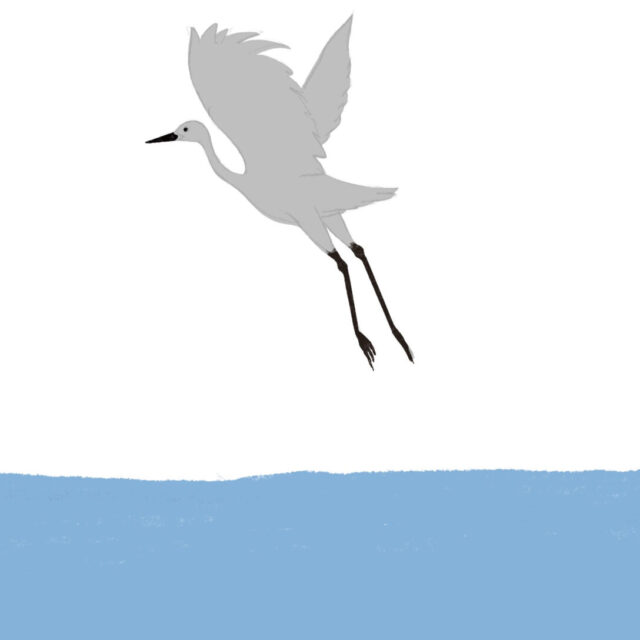Power of Waves
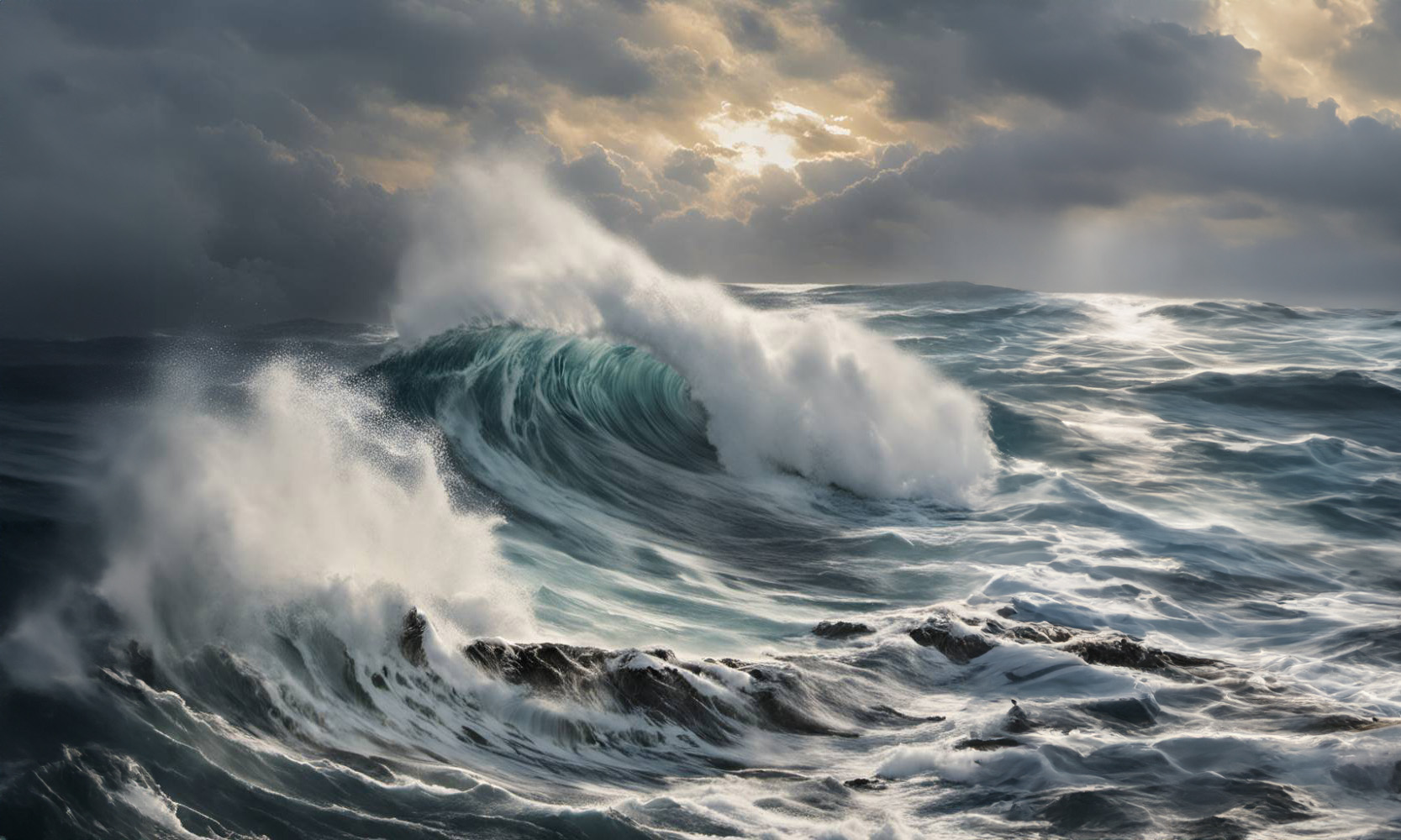
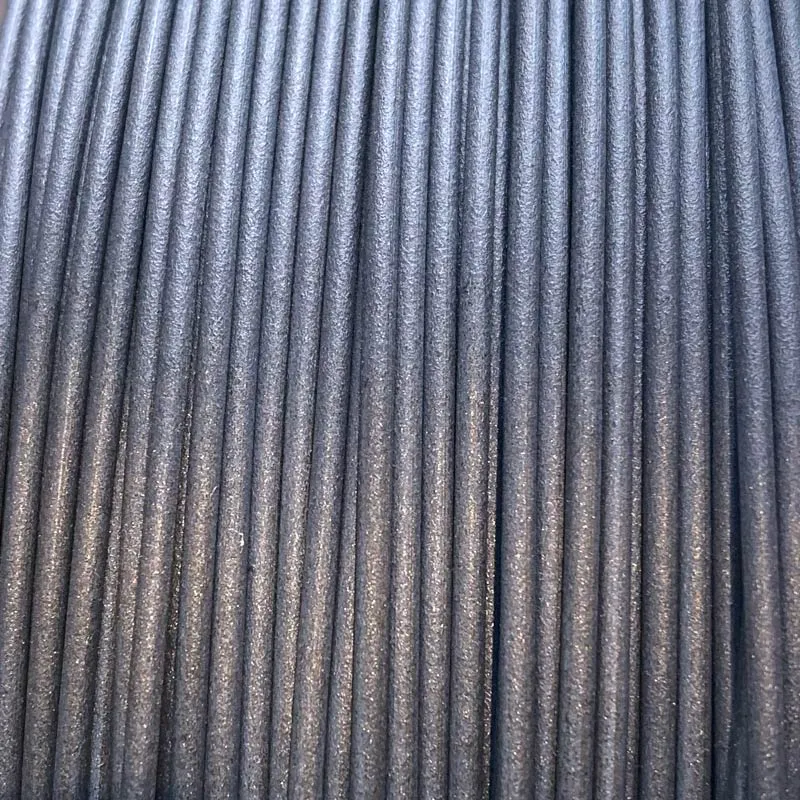
We live in a world of excess, fuelled by economic growth encouraging wasteful behaviour at the expense of our natural resources. Switching to manufacturing products from waste material is vital if we’re to transition to Green Ecosystems successfully. These new processes will stimulate productivity, improve employment opportunities and encourage community cohesion through the development of new products and services that have a positive impact in the real-world.
Companies need to explore techniques that lessen or remove their environmental impact and find alternative ways of designing, manufacturing, marketing and selling their products. The circular economy is a proven methodology to reduce the impact of waste on the environment. The vision of the project is for a furniture manufacturer to showcase what a circular economy looks like. Wood Bros, in Hertfordshire in collaboration with coastal community partners will utilise excess, waste and recycled materials transforming them into unique and/or bespoke pieces of furniture.
The focus is multifaceted in that it addresses the notion of green transition in several ways. Specifically, the use and reuse of excess and waste Harris Tweed Hebrides® (HTH) cloth and abandoned and discarded fishing nets that are recycled into filament for 3D printing by Fishy Filaments (FF) in Cornwall.
Through the introduction of circular models that contribute to sustaining communities in both the Cornish fishing sector and the HTH community workforce, we will devise and implement alternative supply chains that support business growth in uncertain and changing market conditions.
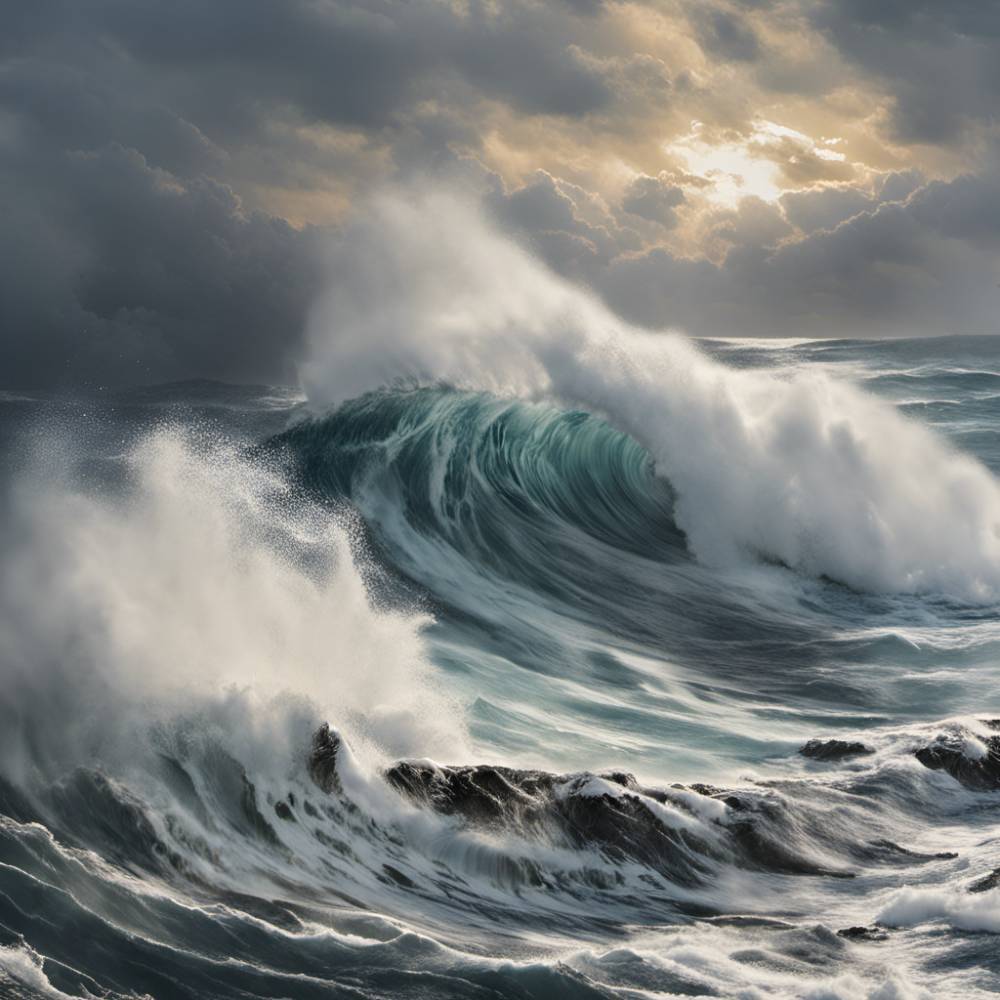

An additional aspect of this project will be to understand and assess the appropriateness of transport and communication networks and how disconnected communities can become more cohesive. At the heart of the project lies the drive to design and manufacture furniture using waste and or discarded materials that have value and purpose. Our distinct approach considers the significant contribution the communities make through their innovative use of materials. This unique partnership model is structured in a way that situates the coastal community partners at the centre of the project to contribute to the realisation of the design and manufacture of furniture.
Building a chair that illustrates the green transition becomes the platform to tell its story. It takes the form of a multi-faceted, collaborative construct that through its constituent parts articulates a narrative around often neglected communities. The chair in the community becomes the ‘seat’ from which stories can be told by people with stories to tell.
